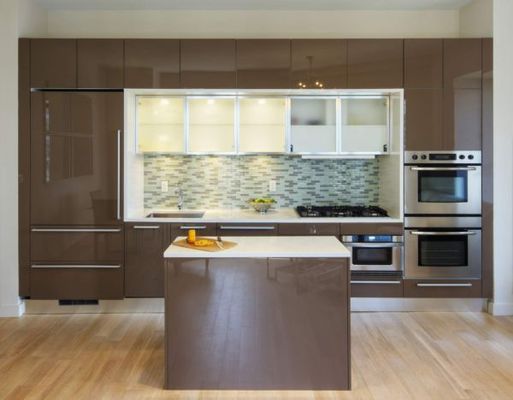Spice Cabinet Making Drawings - Proper Steps For Assembling Rustic Cupboard

Use 120-200 grit sandpaper to smooth surface. Install short beams the same way as the longer beams. A complex design can use any number of parts. Mark arm where it meets back slat. When office needs tidying, toss desktop clutter into the cart and wheel it under desk or into a closet where it can hide until you need to use it again. Saw out curved pieces with a jigsaw. Sunny areas would promote algae growth, so site your pond (https://woodcraftdiagrams.com/display-wall-cabinet-plans-schematics) in shade if you want to reduce cleaning chores. Keep the galvanized casing nails 1 inch away from edge to prevent hitting nailheads with the router bit or sandpaper.
Let the glue joint set for about 20 to 30 minutes, then release the clamps and add another board. Poplar is lightweight, strong, inexpensive and easy to work with, plus it takes paint beautifully. I've been just stacking lumber on floor, but it's lacking accuracy. It separates damp soil from wooden planter, which protects timber from moisture problems like rot and peeling paint. Bill's bench is light and easy to carry. Then, rout decorative bead around the inside edge of the frame. Thin-set today is a lot stickier and tougher than it used to be. If you're using score-and-break method, clean up the rip edges with a rasp.
If all stuff in your garage is within easy reach, you're probably wasting lots of storage space. Center the back panel over the box, leaving a small gap along each side. Check out more (explanation) clamping tips and tricks. Center and screw circular bottom to dividers. You can trace the curve for brackets from full-size pattern on p. And it was sturdy enough to support larger workpieces. Focus a bright beam of light on your layout lines when you're doing fine work on a band saw or scroll saw. Finally, nail on the edging strip in front. When all parts are cut, you're ready for the fun part- distressing boards.
Processing video...
Cut these and your four 2x10 top boards to length. It could help loosen super glue and make it easier to remove. Then just hold the parts together and drive in screws. For tapered-shank wood screws, use a countersink fitted with a tapered-shank bit. However, if you use your belt sander in the shop, consider these two upgrades. Simply drive a countersink bit deep enough to create a recess called a counterbore. Even though the thicker mix is a little harder to place, it'll be worth the extra effort. For an exact measurement, craft one end at 45 degrees on a miter saw, hold it in position and mark other end.
Any flaw that the bearing encounters in edges will be transferred to the new profile. Align the second front leg with the first one using a square, then screw the leg to leg brace. Then sight along blade and adjust angle to rip along the line. Drill pilot holes and insert screws through diagonal slats into previous planters. This will prevent the possibility of injury from a protruding shank. While the narrow piece should be locked into place with nails, longer one would be attached with hinges to the rest of roof. Resist temptation to tear off the form as soon as grout is hard.
Also, glue joints disappear in straight grain wood, so legs-which are made from sandwiched boards-look better. Glue this small piece to bottom of the bracket with carpenter's glue. Slip this mounting base into the opening, extend slides, then screw them to cabinet bottom at the rear of cabinet. The top cap on this planter fits flush to the inside edge of the plywood box, which may cause the nails protruding through the inside to interfere with plastic planter. Finally, use the unfolded bill to set guides on both sides of blade. A steel is the shorthand term for a steel rod used to straighten knife edges.
Screw and glue the discs to the column, arms and legs. Plus, we'll sift through confusing variety of mounts and help you choose the version that's best for your situation. A professional remodeler and cabinetmaker, he also restores vehicles on side. Align the hanging strip, the shelf, and the peg strip as shown and clamp the sides to these parts. Add a handle to make it easier to pull the guide backward after each cut. Keep in mind, though, that cedar is a soft, oily timber that doesn't sand as well as pine or hardwood. Here's a great way to scribe lines when you're fitting countertops, cabinets and built-in furniture against irregular walls.
The box also provides a neat exit point for in-wall wiring. Just glue and tack the spacers into place, then glue and nail on rails and stiles. Also drill pocket holes in sides to attach face frame and back later.